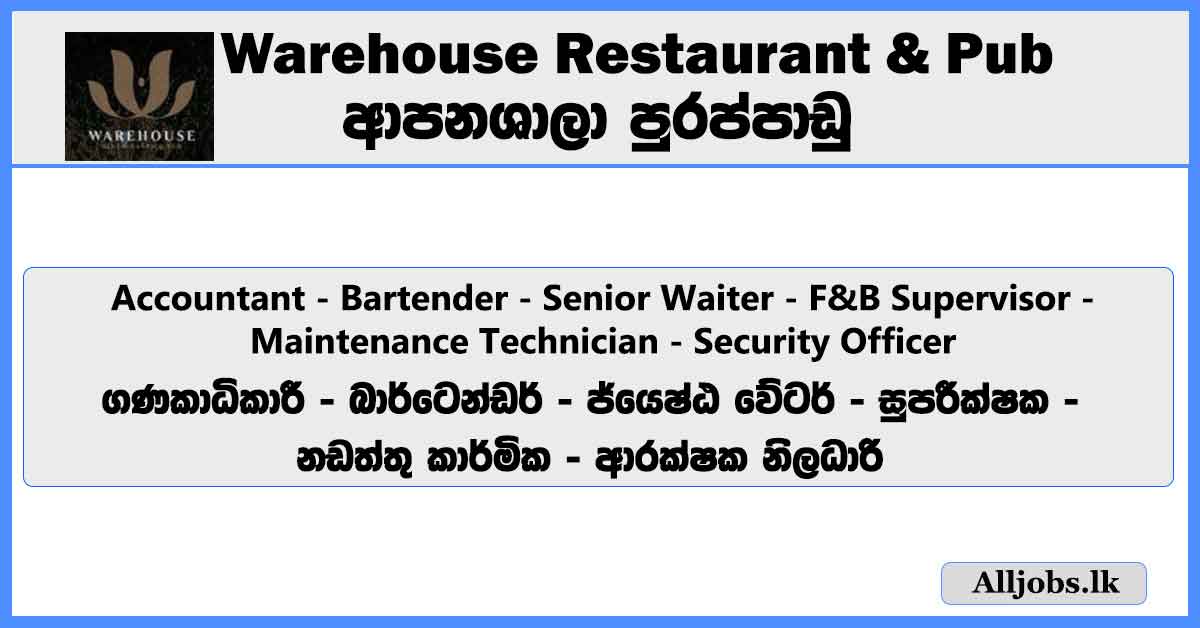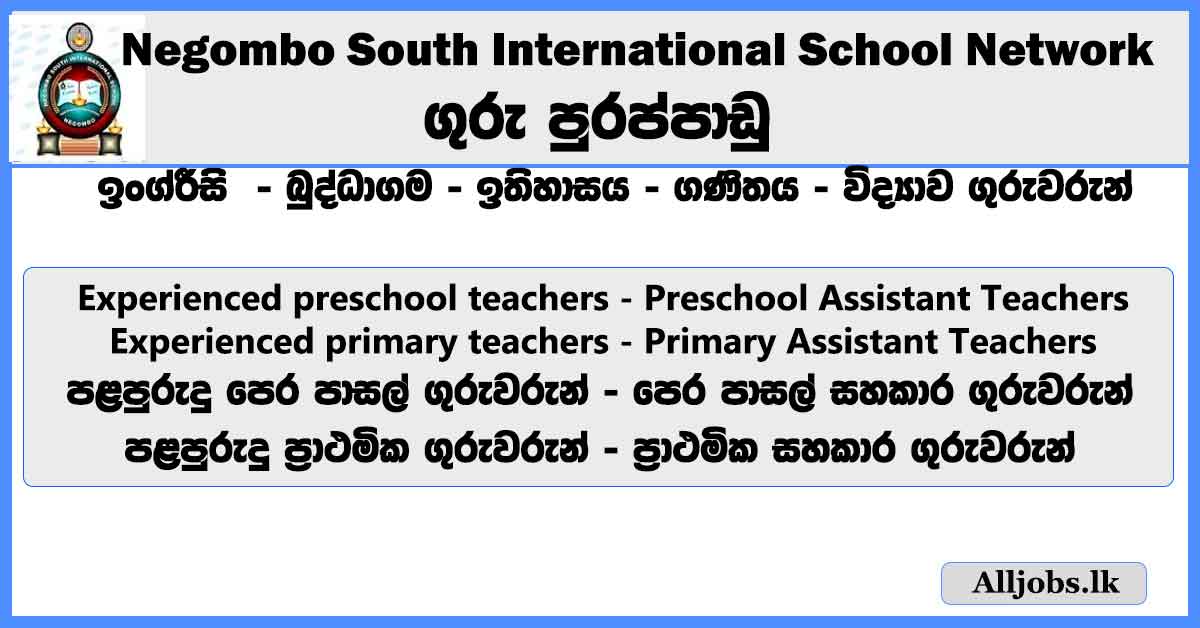What are some effective ways to recognize and reward employees for their hard work and contributions to the company?
There are many effective ways to recognize and reward employees for their hard work and contributions to a company. Some examples include:
Public recognition:
Publicly acknowledging employee achievements and contributions is a great way to show appreciation.
Financial rewards:
This can include bonuses, pay raises, or stock options. It is important to make sure that the rewards are tied to specific goals or accomplishments.
Time off:
Offering additional vacation days or allowing employees to take time off can be a great way to show appreciation for their hard work.
Professional development opportunities:
Providing training, conferences, or other opportunities for professional development can be a valuable reward for employees looking to advance their career.
Food Scientist Job Description, Responsibilities, Salary Details
Gift cards or other perks:
Providing gift cards, tickets to events, or other perks can be a fun way to recognize employees and show appreciation for their hard work.
Flexibility:
Offering flexible work hours or remote work options can be a valuable reward for employees who value work-life balance.
It is important to remember that different employees may have different preferences when it comes to recognition and rewards. Therefore, it is important to listen to your employees and understand what motivates them.
How important is employee recognition and rewards in improving overall job satisfaction and employee retention rates?
Employee recognition and rewards are very important in improving overall job satisfaction and employee retention rates. When employees feel appreciated and valued, they are more likely to be engaged in their work and committed to their employer.
Job-specific challenges and obstacles
Research has shown that employees who feel recognized for their contributions are more likely to be satisfied with their job, and are less likely to leave their current employer.
In fact, a lack of recognition is often cited as a top reason why employees leave their jobs.
Moreover, employee recognition and rewards can also have a positive impact on overall morale and productivity.
When employees feel appreciated, they are more likely to go above and beyond in their work, and to take pride in their accomplishments.
In short, employee recognition and rewards can have a significant impact on both employee satisfaction and retention rates. Employers who invest in these programs are likely to see benefits in terms of increased employee engagement, productivity, and loyalty.
What are the most common types of employee recognition programs used by companies, and which ones tend to be the most successful?
There are many types of employee recognition programs used by companies, but some of the most common ones include:
- Years of service awards: Recognizing employees who have been with the company for a certain length of time, such as 5, 10, or 20 years.
- Employee of the month/quarter/year: Recognizing outstanding employees who have made significant contributions to the company.
- Peer-to-peer recognition programs: Allowing employees to recognize and reward their colleagues for their hard work and contributions.
- Performance-based bonuses or incentives: Providing financial rewards for achieving specific goals or objectives.
- Personalized rewards: Offering rewards that are tailored to individual employee preferences or interests, such as gift cards to their favorite stores or restaurants.
- Wellness or work-life balance rewards: Providing incentives for employees who prioritize their health and well-being, such as gym memberships, meditation classes, or additional time off.
- Professional development opportunities: Offering training, conferences, or other opportunities for career advancement and growth.
In terms of which recognition programs tend to be the most successful, it is important to remember that different programs may be more effective for different organizations and employees.
However, research has shown that programs that are timely, frequent, and specific tend to be the most effective.
Ensuring that recognition is fair and equitable, and tied to specific behaviors or achievements, is also important.
Finally, it is important to ensure that recognition is meaningful and personalized to each individual employee.
How can companies ensure that their employee recognition and rewards programs are fair and equitable for all employees?
Ensuring that employee recognition and rewards programs are fair and equitable for all employees is crucial to maintaining employee satisfaction and avoiding potential legal issues. Here are some ways that companies can ensure fairness and equity in their recognition and rewards programs:
- Establish clear criteria: It is important to establish clear criteria for how employees will be recognized and rewarded. This can include specific performance metrics, tenure, or other objective criteria.
- Communicate the program: Communicating the program to all employees in a transparent and clear way can help ensure that everyone is aware of the criteria for recognition and rewards.
- Solicit feedback: Soliciting feedback from employees about the program can help identify any areas of inequity or areas for improvement.
- Consider different types of rewards: Offering a variety of rewards, such as financial incentives, time off, or professional development opportunities, can help ensure that everyone has an opportunity to be recognized and rewarded in a meaningful way.
- Ensure consistency: Ensuring consistency in the program across all departments and teams can help prevent perceptions of favoritism or unfairness.
- Monitor the program: Regularly monitoring the program can help identify any issues with fairness or equity and make adjustments as needed.
- Train managers: Training managers on how to fairly and equitably administer the program can help ensure that all employees are treated fairly.
By following these steps, companies can help ensure that their employee recognition and rewards programs are fair and equitable for all employees.
Job-related stress and burnout prevention
What are some common mistakes that companies make when designing and implementing employee recognition and rewards programs, and how can these be avoided?
Designing and implementing employee recognition and rewards programs can be challenging, and companies may make mistakes along the way. Companies make mistakes when designing and implementing employee recognition and rewards programs.
- Failing to link recognition to company goals:
Companies may offer recognition and rewards that do not align with the company’s overall goals or objectives. To avoid this, it’s important to align recognition programs with the company’s mission and values.
- Focusing only on financial rewards:
Companies may also make the mistake of relying solely on financial rewards to motivate employees. Employers should balance financial rewards with other rewards, such as professional development and work-life balance.
- Ignoring feedback from employees:
Companies may make the mistake of not seeking feedback from employees about the recognition program. To avoid this, it’s important to solicit feedback from employees and make changes based on their input.
- Failing to recognize all employees:
Companies may also make the mistake of only recognizing a select group of employees, such as top performers. To avoid this, it’s important to ensure that recognition is available to all employees who meet the criteria.
Job-related travel and expenses.
- Not communicating the program:
Companies may make the mistake of not communicating the program effectively to employees. To avoid this, it’s important to clearly and frequently communicate the program and its benefits to all employees.
- Failing to make the recognition meaningful:
Companies may also make the mistake of offering recognition that is not meaningful to employees. Provide personalized and meaningful recognition to employees to avoid employee burnout.
Companies can create effective employee recognition and rewards programs to motivate and retain employees.
How can companies measure the effectiveness of their employee recognition and rewards programs, and what metrics should be used?
Measurement of employee recognition and rewards programs is essential to ensure success. Here are some ways that companies can measure the effectiveness of their employee recognition and rewards programs:
- Employee engagement surveys: Companies can use employee engagement surveys to measure employee satisfaction and morale.
- Employee retention rates: Recognition and rewards programs can help retain top talent.
- Employee performance metrics: Companies can use employee performance metrics to measure the impact of recognition and rewards programs.
- Feedback from employees: Soliciting feedback from employees can help improve the program.
- Cost-benefit analysis: Companies can conduct a cost-benefit analysis to determine the benefits of recognition and rewards programs.
Companies should measure the effectiveness of employee recognition and rewards programs to make adjustments and improvements.
Employee perks and incentives in a job




